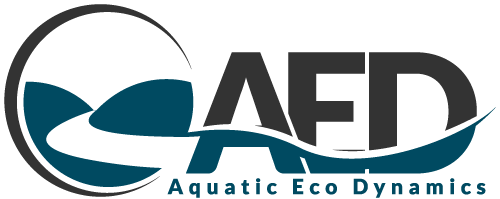Science for management
Scientific understanding is key to effective management of estuaries and their catchments. A good understanding of the catchment pressures and the complex estuarine responses to the inflows from the catchments supports evidence-based decision-making. By tracking estuarine health over time, we are then able to evaluate our management efforts.
The Science for Management strategy of Healthy Estuaries WA aims to build the knowledge and evidence-base needed to support our regional estuaries. The strategy works in three linked areas: monitoring, synthesis and modelling.
Information gathered will increase our understanding of estuarine condition and aid our interpretation of catchment influences. We will also use the science to test assumptions and interrogate potential management actions.
Monitoring
Healthy Estuaries WA funds increased monitoring of the six target estuaries and their catchments.
We monitor water quality within freshwater rivers and streams to understand pressures on our estuaries from catchment land uses. We are now sampling water quality at more than 50 sites. These data are typically collected fortnightly and include measurements of dissolved oxygen, pH, turbidity, conductivity, temperature, suspended solids, dissolved carbon and filtered and total nutrients. These monitored sites and the state’s flow gauging network allow our modelling team to build hydrological catchment models to trace sources and quantities of nutrients leaving our catchments. Monitoring estuarine water quality allows us to evaluate the response and condition of our estuaries to inflows from the catchments. We are now collecting water quality at more than 50 sites within six estuaries. We analyse the water to understand the dissolved oxygen, pH, stratification, nutrient concentrations and microalgal activity. Understanding the presence, abundance and species of algae and seagrasses helps us understand how healthy our estuaries are. We identify the species of microalgae present and keep an eye out for harmful species and extremely high abundance of microalgae – both symptoms that the estuary is out of balance. We are also collecting information about the extent and condition of seagrass in these estuaries. Seagrass is considered a ‘canary’ of the marine environment, as it lives on the seabed and requires good water and sediment quality to thrive. Seagrass is a key habitat in many of our estuaries, and its condition also informs on the health of our estuaries.
Synthesis
Pulling together disparate pieces of information to create an overall picture of estuarine health is critical to achieving the best value from our monitoring efforts. Our experts take discrete scientific studies and integrate the knowledge into a conceptual understanding of each estuarine system.
By understanding the processes underway in our estuaries we can ensure that the models we build are meaningful. We can also use this synthesised knowledge to predict how the estuary might respond to drivers such as climate change, land-use pressures and proposed management actions in a qualitative way.
Modelling
Numerical computer-based models are increasingly being used in environmental decision-making worldwide. Successful models require adequate data at the relevant time-step and scale, as well as a sound conceptual understanding of the system being modelled.
Healthy Estuaries WA is supporting development of catchment models and estuarine-response models. Catchment models will be developed or updated using the SOURCE platform, adapted to WA hydrology. These allow us to identify catchment nutrient sources and determine appropriate management actions that will improve stream and estuarine health.
Estuary-response models show how these systems respond to change, and assist managers to understand the complexities of estuarine ecosystems, including the responses to future land use, management or climate scenarios. For our estuarine response models, the Department of Water and Environmental Regulation continues to partner with UWA to deliver cutting-edge decision support tools.


